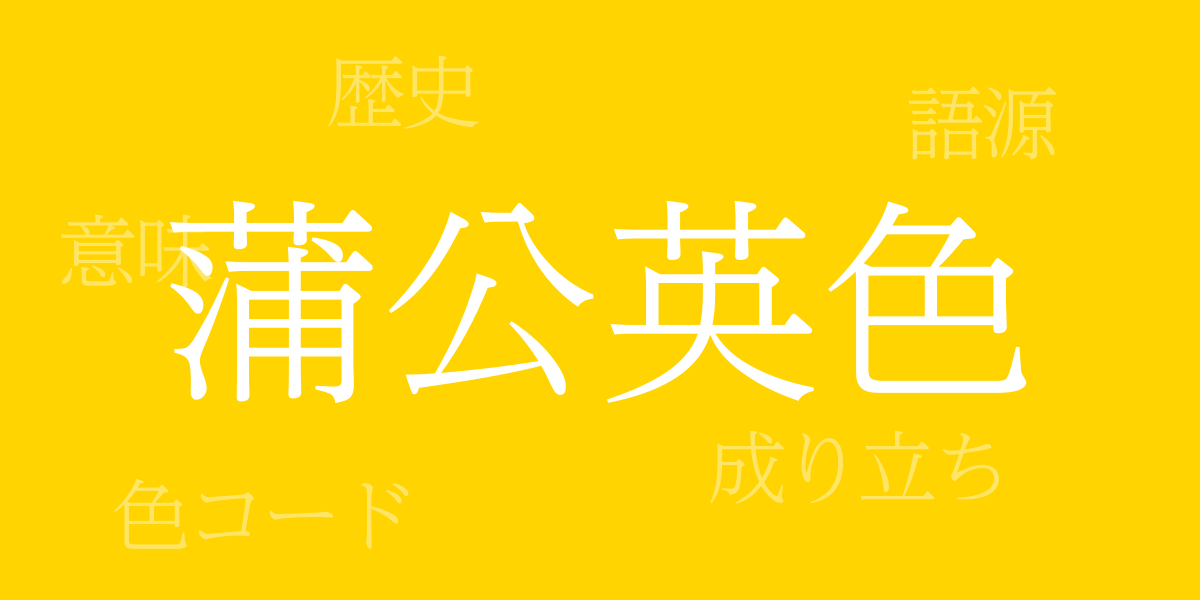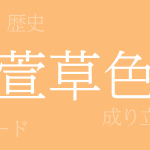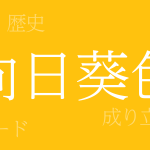Dandelion color (たんぽぽいろ – Tanpopo-iro) is as vivid as the dandelions that herald the arrival of spring, a traditional color deeply rooted in Japan’s natural landscape. This warm and bright hue has been integral to Japanese life since ancient times and continues to captivate many today. This article explores the allure of Dandelion color, its history, color codes, and its name in Western cultures.
About Dandelion Color (たんぽぽいろ – Tanpopo-iro)
Dandelion color (たんぽぽいろ – Tanpopo-iro), named after the springtime dandelion flowers that paint meadows yellow, is a warm yellowish-orange hue that has been used in Japanese clothing and dyeing for centuries. It is treasured in Japanese culture for reflecting the natural world, and it is valued for evoking the essence of the seasons.
The History of Dandelion Color
The history of Dandelion color dates back to the Heian period, with mentions in ancient texts. The nobility of the time, who cherished natural beauty, used this color to express the changing seasons. As a symbol of spring’s arrival, it was used in costumes and interior decorations and eventually spread to the common folk. By the Edo period, as dyeing techniques evolved among the populace, Dandelion color became more accessible and has been cherished ever since.
Dandelion Color Codes
To reproduce Dandelion color in digital design and web design, the following color codes are necessary:
- HEX: #FFD400
- RGB: R:255 G:212 B:0
- CMYK: C:0.0 M:16.9 Y:100.0 K:0.0
The Western Name for Dandelion Color
In the West, Dandelion color is known as “Dandelion.” This term, which also denotes the dandelion flower in English, reflects the same bright yellow used in various fields like fashion and interior design, making it a recognized color name internationally.
Conclusion on Dandelion Color
Dandelion color, valued for its history and charm, has been a cherished traditional Japanese color. More than just a symbol of spring, its bright hue continues to warm people’s hearts. Today, it is used digitally with its specific color codes and known internationally as “Dandelion,” maintaining its presence across various domains. As one of the colors woven from Japan’s natural and cultural fabric, it will continue to be loved by many.

























